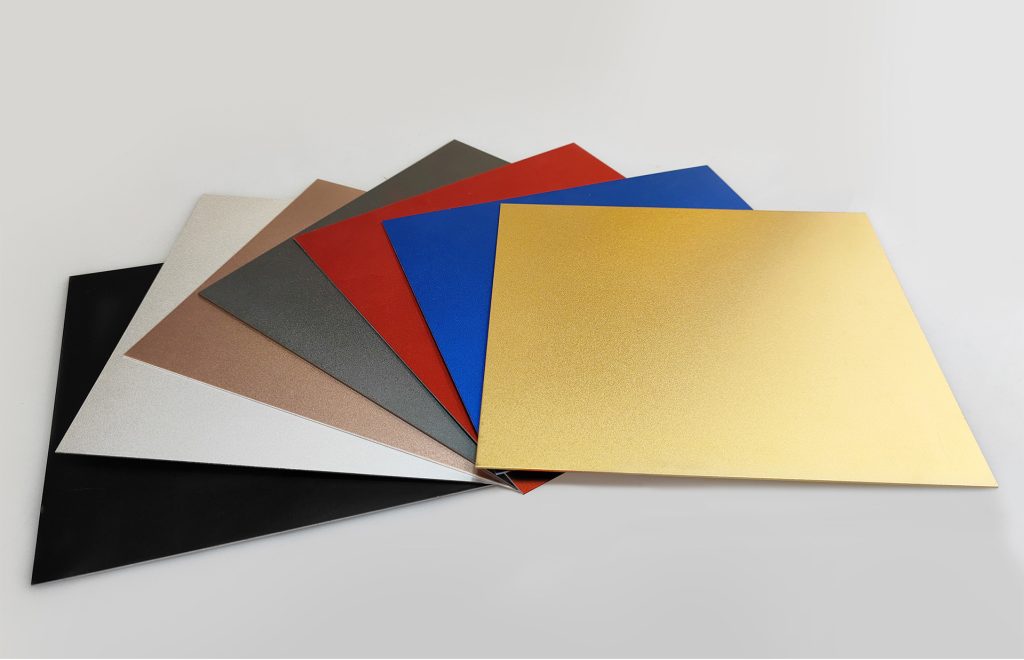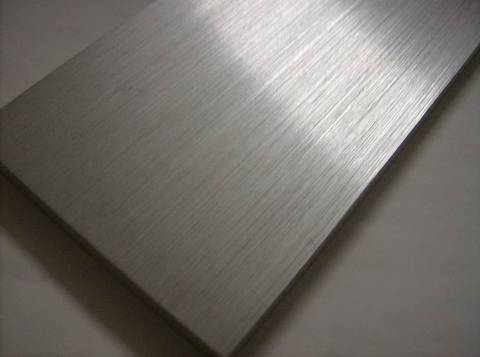Anodizing treatment of aluminum and aluminum alloys is a method of chemical treatment on the surface of parts, which has the following functions:
1. Corrosion prevention: Anodizing treatment will generate a layer of oxide film on the surface of aluminum and aluminum alloys, which has excellent corrosion resistance, weather resistance, and wear resistance. The composition of the oxide film is aluminum oxide, which is a high hardness ceramic material that is insoluble in commonly used acid and alkali solutions and has good protective effects.
2. Improving surface properties: Through anodizing treatment, the color, texture, and gloss of aluminum and aluminum alloy surfaces can be significantly improved. Common colors include black, gray, red, brown, and gold, as well as some special colors such as purple, blue, and green.

3. Improved processing performance: Due to the formation of oxide films on the surface of aluminum and aluminum alloys, the wear resistance of their surfaces can be greatly improved, thereby increasing their fatigue and wear resistance. Ribbing patterns on the surface can make them more decorative, and the damping and sliding resistance of the surface can also be improved to improve the service life of the product.
4. Enhanced coating adhesion: After anodizing treatment, the oxide layer on the surface of aluminum and aluminum alloys can enhance the adhesion of the coating, avoiding problems such as coating detachment and delamination, and increasing the service life of the workpiece.

In summary, anodizing treatment of aluminum and aluminum alloy products can increase their corrosion resistance, wear resistance, and decorative properties, improve processing and coating performance, and provide guarantees for industrial manufacturing and daily use.


